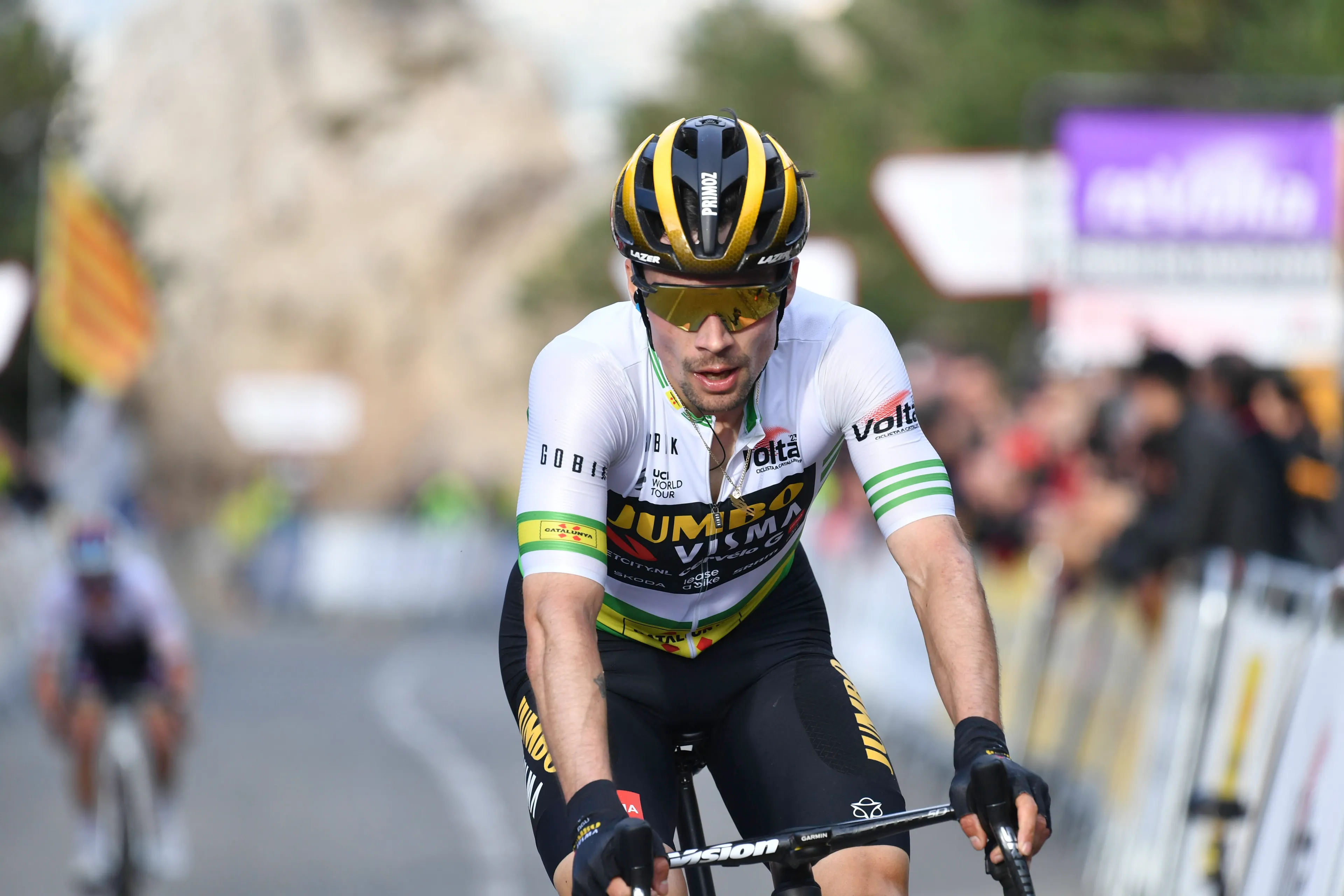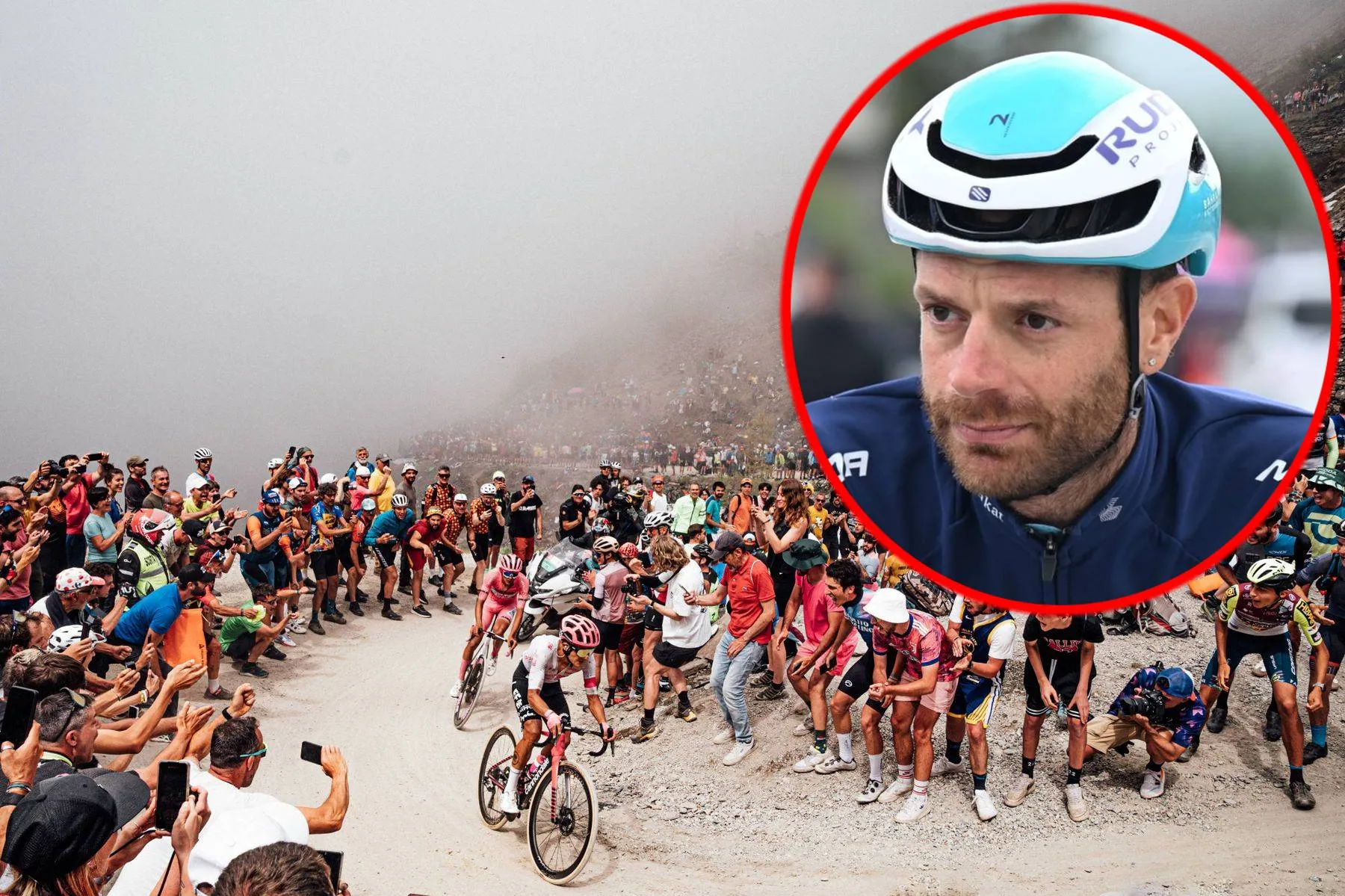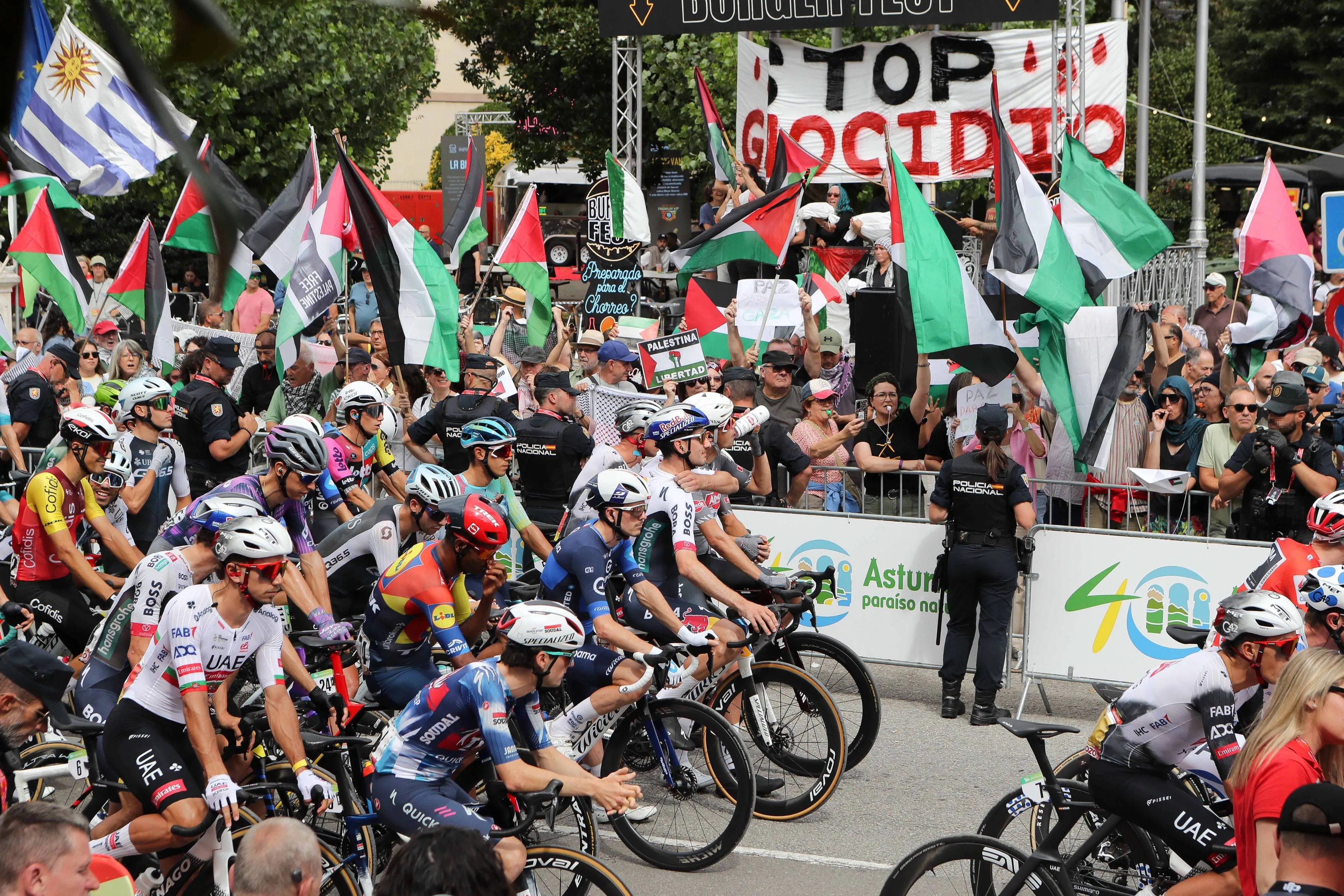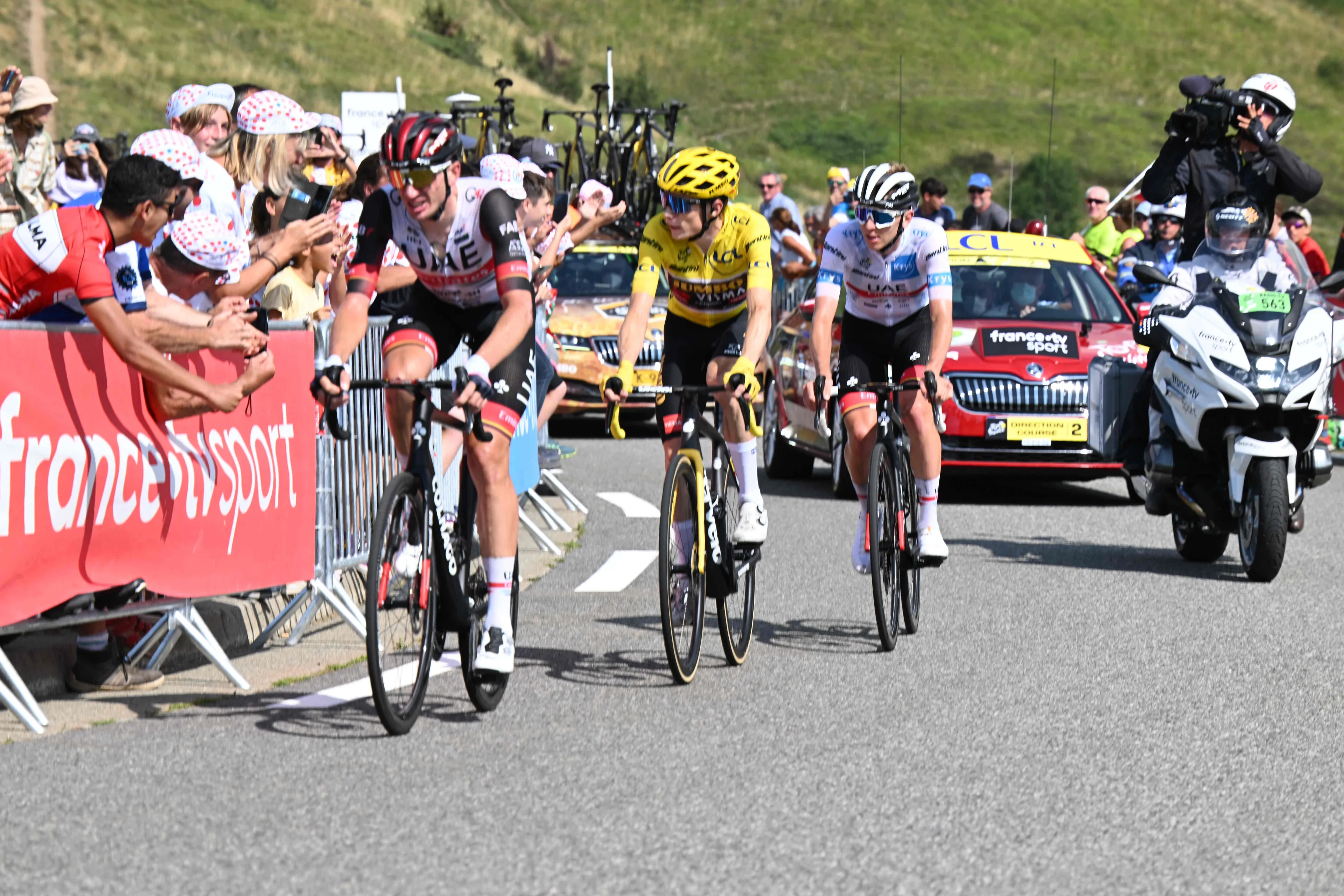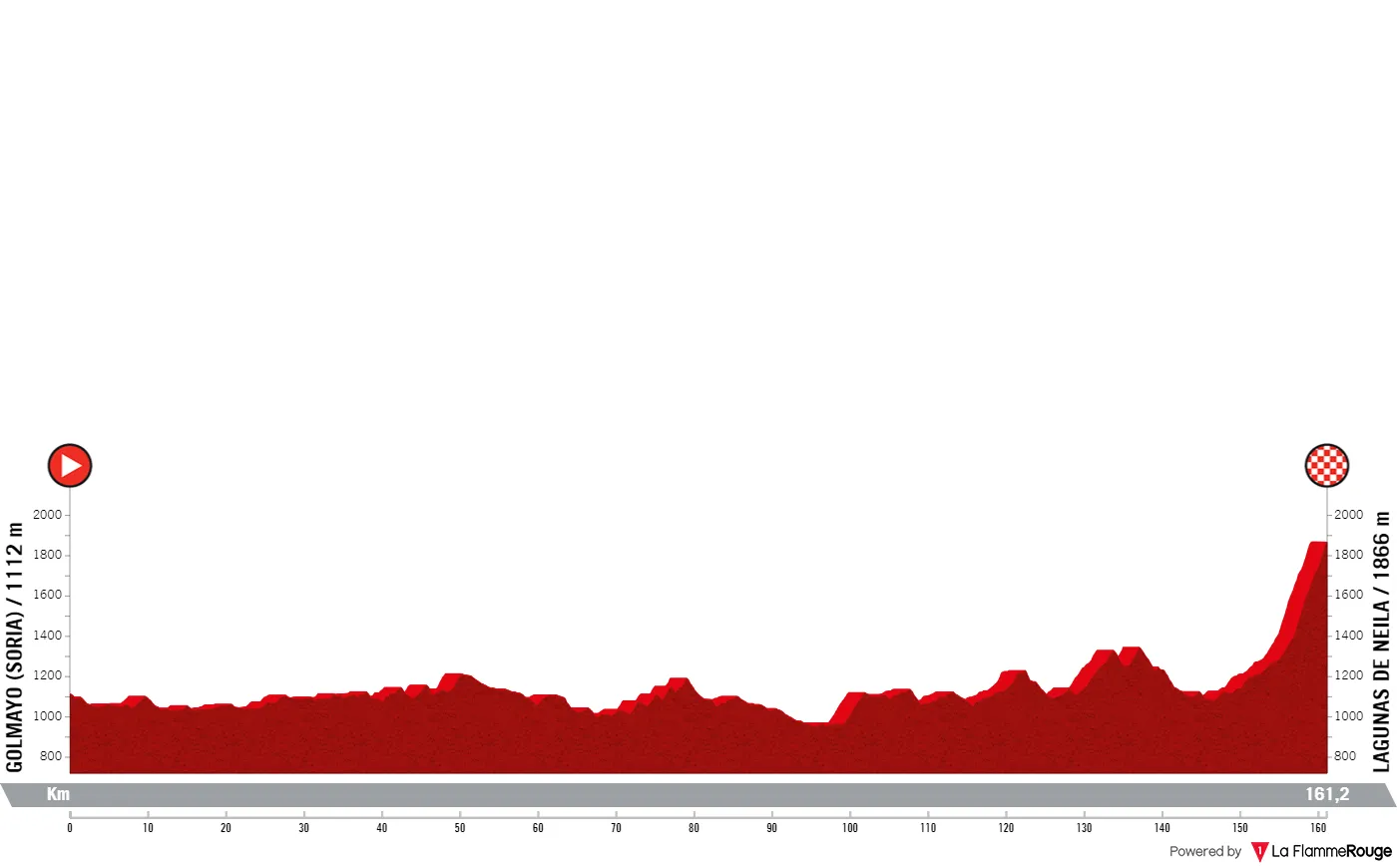
Profile. From the 15th to 19th of August the peloton takes on the Vuelta a Burgos. One of the many Spanish races at this time of the year and perhaps the most important preparation race ahead of the Vuelta a Espana.
The race has been designed to lure in the Vuelta a Espana teams. Despite it's five-day format it features a team time-trial which is nowadays rare but will provide an opportunity to train in the discipline before the Spanish Grand Tour. Outside of that there will be two true climbing tests, a stage for the puncheurs and a day for the sprinters to open up the race in Burgos.
Read also

Stage 1: Villalba de Duero - Burgos, 160.7 kilometers
The race starts off in the city of Burgos itself, where the first stage will end. Not a pan-flat day by any chance but the best and likely only opportunity for the fast men in this race. This year the riders do not go up to the cathedral but instead have a flat finish in the city center.
Read also

Stage 2 (TTT): Oña - Poza de la Sal, 13.1 kilometers
The second day of racing is one of the very few team time-trials of the year. It is 13.1 kilometers long, not too long so that it doesn't create huge differences in the overall classification but big enough to create gaps. Interestingly, the finale is not flat, into Poza de la Sal the riders find a slight rise which is around 2 kilometers at 5%.
Read also

Stage 3: Sargentes de la Lora - Villarcayo, 182.8 kilometers
Stage 3 of the race is a tricky but very difficult one. The arrival into Villarcayo is not too difficult but the first section of the day features several explosive ascents, and the day is headlined by the climb to Picón Blanco which is 7.8 kilometers at 9%, is a regular on this race and a climb where serious differences can be made.
Read also
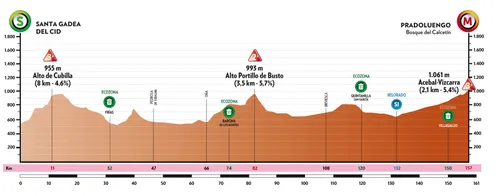
Stage 4: Santa Gadea del Cid - Pradoluengo, 154.9 kilometers
A hilly day in the fourth stage of the race. A day for breakaway specialists to hunt, but for puncheurs to also test their sharpness. It's a day where massive watts can be expected at both it's start and end. The finale itself in Pradoluengo is 2 .1 kilometers long at 5.4%, not a climb to set differences between the GC favourites but we can expect them to be trying to capitalize on the difficult terrain the day has to offer.
Read also

Stage 5: Golmayo (Soria) - Lagunas de Neila, 161.1 kilometers
As always, the race reaches Lagunas de Neila. Wrapping up this year's edition once again, the final day of the Vuelta a Burgos is mostly flat but with the brutal summit finish. The 161-kilometer stage ends with the climb that features 7 kilometers at 8.7%, however the second half of the climb is considerably steeper and less constant.
Read also
claps 1visitors 1
Just in
Popular news
Latest comments
- He couldn't finish in the top 100 at Unbound Gravel. He might be able to hold the wheel in a cat 3 crit but even that's debatable. Not being facetious.paule18-12-2025
- It isn't just the 5 million euros a year. It's also the never-ending hospital bills. Two weeks to go for Sylvan Adams to get out from under this mess.paule18-12-2025
- LOL, Del Toro, while very strong, is not currently racing at a level higher than Remco or Lipowitz. He can be by 2027 though and probably will be. You are discounting Remco's season this year, which his underperformance was caused by a crash that would have retired most people. He will be very strong this coming year as long as he keeps the rubber side down.awp18-12-2025
- It would be nice to see him have a healthy season and do well.JoeyB18-12-2025
- Aka the ‘junk drawers’Onepiece18-12-2025
- Marginal stainsOnepiece18-12-2025
- Business in the front. Farty in the backOnepiece18-12-2025
- Big problem. 2022 Jonas and Primoz were on a similar level to Tadej. 2026 Remco and Florian likely won’t be close to Tadej’s level once the road leans uphill. Good luck trying though!mobk18-12-2025
- gravel maybe? it is the only thing competitive that would make sense.mij18-12-2025
- many had Oier Lazkano as the man for spring, but he was a fraud. this is probably what hurt their spring more than anything.mij18-12-2025
Loading
¿Con ganas de disfrutar del mejor ciclismo en la provincia de #Burgos ❓ Ya está todo listo... 💜 Del 15 al 19 de agosto #VueltaBurgos, toda una provincia por descubrir ℹ️ Más información: vueltaburgos.com #VueltaBurgos #UCIProSeries #BurgosOrigenyDestino
Write a comment



